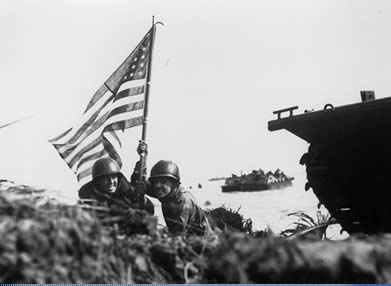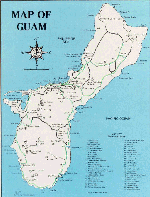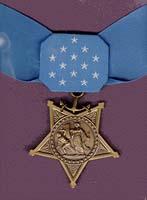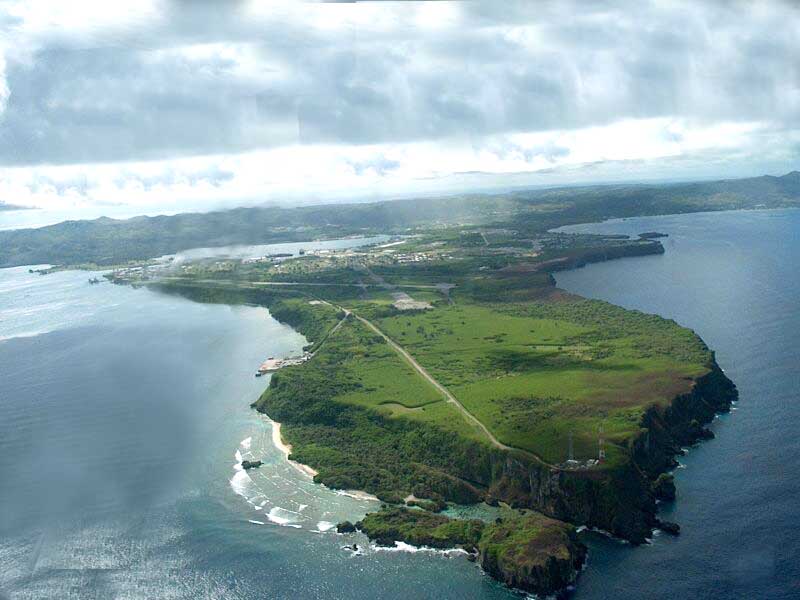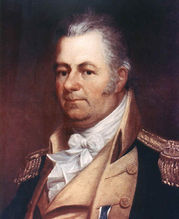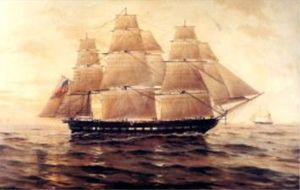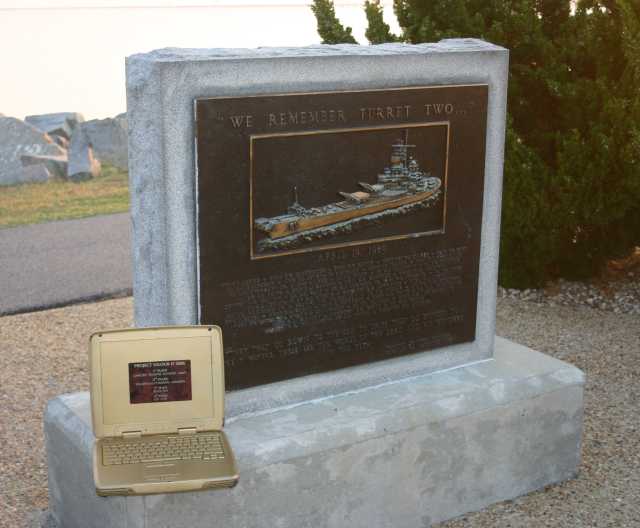Monday Maritime Matters
July 23rd, 2007 by xformed
Almost 39 years ago (7/28/1968) in a land far away, a Navy Corpsman gave his life, so his Marine shipmates could live. IN doing so, he was posthumously awarded the Congressional Medal of Honor:
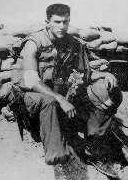
Hospital Corpsman Third Class Wayne M. Caron, United States Navy For conspicuous gallantry and intrepidity at the risk of his life above and beyond the call of duty on 28 July 1968 while serving as Platoon Corpsman with Company K, 3d Battalion, 7th Marines, 1st Marine Division during combat operations against enemy forces in the Republic of Vietnam. While on a sweep through an open rice field in Quang Nam Province, Petty Officer Caron’s unit started receiving enemy small-arms fire. Upon seeing two Marine casualties fall, he immediately ran forward to render first aid, but found that they were dead. At this time, the platoon was taken under intense small-arms and automatic-weapons fire, sustaining additional casualties. As he moved to the aid of his wounded comrades, Petty Officer Caron was hit in the arm by enemy fire. Although knocked to the ground, he regained his feet and continued to the injured Marines. He rendered medical assistance to the first Marine he reached, who was grievously wounded, and undoubtedly was instrumental in saving the man’s life. Petty Officer Caron then ran toward the second wounded Marine, but was again hit by enemy fire, this time in the leg. Nonetheless, he crawled the remaining distance and provided medical aid for this severely wounded man. Petty Officer Caron started to make his way to yet another injured comrade, when he was again struck by enemy small-arms fire. Courageously and with unbelievable determination, Petty Officer Caron continued his attempt to reach the third Marine until he himself was killed by an enemy rocket round. His inspiring valor, steadfast determination, and selfless dedication in the face of extreme danger, sustain and enhance the finest traditions of the United States Naval Service.
HM3 Caron was outstanding young men who enlisted while America was enganged in a conflict:
Wayne Maurice Caron was born on 2 November 1946 in Middleboro, Massachusetts. He graduated there with multiple honors from Memorial High School in June 1966. On 12 July of that year, he enlisted in the U. S. Navy in Boston, Massachusetts. He advanced to hospital apprentice on 23 September 1966, to hospitalman on 1 April 1967, and to hospital corpsman third class on 16 January 1968.
Hospital Corpsman Third Class Caron underwent recruit training at the Naval Training Center, Great Lakes, Illinois, and was the Honorman of his company. He attended Naval Hospital Corps School, also in Great Lakes, and then received further training at Field Marine Service School, Marine Corps Base, Camp Pendleton, California. In July 1968, HM3 Caron joined 3d Battalion, 7th Marines, 1st Marine Division (Reinforced), Fleet Marine Force, and served as a platoon hospital corpsman with the 2d Platoon, Company K in the Republic of Vietnam.
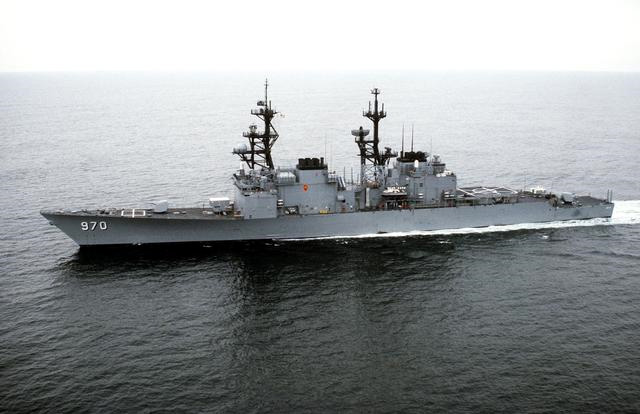
On Oct 1st, 1977, USS CARON (DD-970), was commissioned. CARON was in service 24 years, stationed out of Norfolk, VA. Most of her career was spent attached to DESRON TEN.USS CARON (DD-970) saw action in several major operations during her time at sea. She was at Grenada for Urgent Fury, providing Naval Gunfire Support. Present in the Gulf of Sidra, she sailed across Khadiffi’s “Line of Death” in 1986. In 1991, she fired Tomahawks in support of Operation Desert Storm.USS CARON was sunk off Puerto Rico 12/4/2002.
Category: 2996 Tribute, Blogging, Maritime Matters, Military, Public Service, Quotes, Supporting the Troops | Comments Off on Monday Maritime Matters
